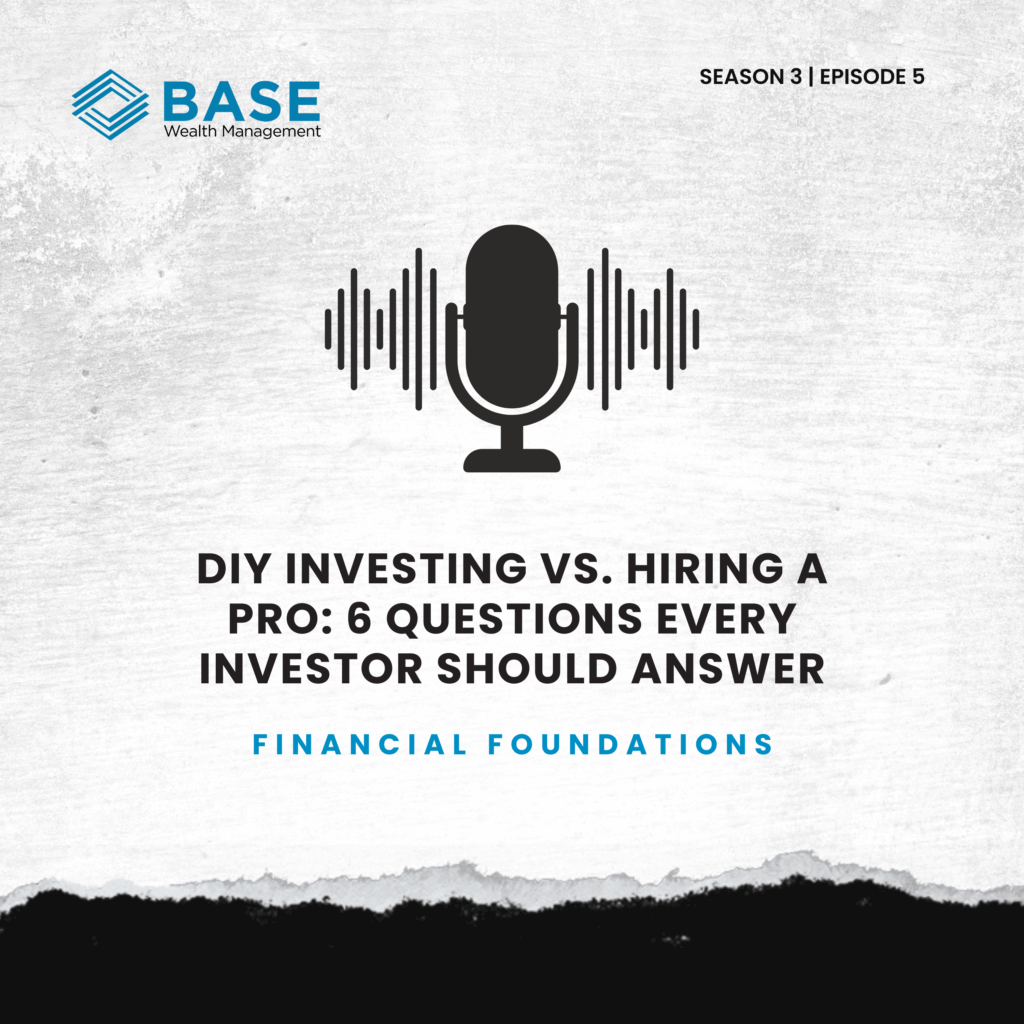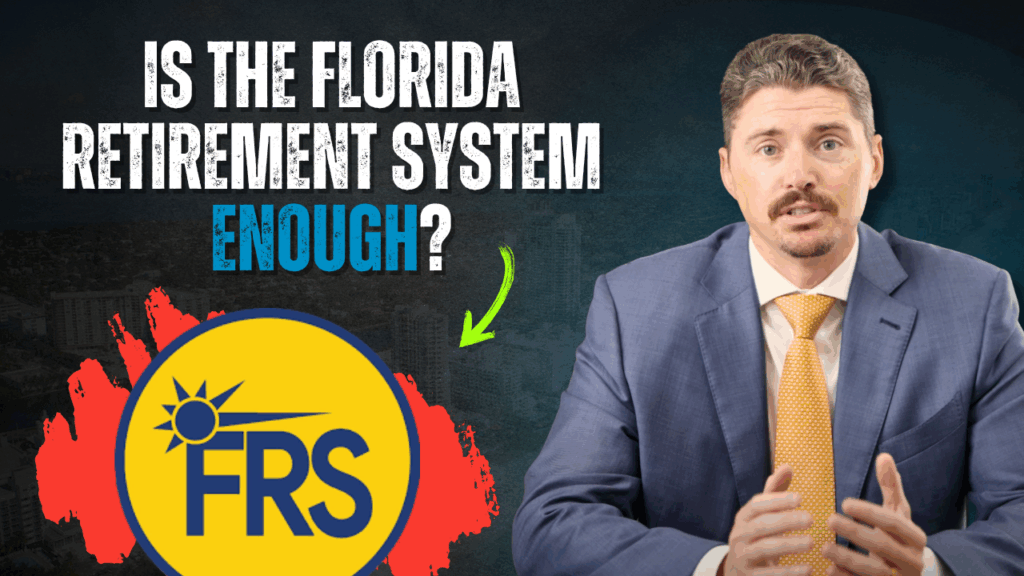Inflation Drops to Three Year Low
Inflation in August moved closer to the Federal Reserve's 2% target, with the personal consumption expenditures (PCE) price index rising 0.1% for the month and annual inflation dropping to 2.2%. Core PCE, excluding food and energy, also rose 0.1%, showing a 2.7% increase over the year, slightly above July’s figure, which the Fed closely watches. Despite some pressure from housing costs, the report signals a slowdown in inflation and hints at additional interest rate cuts this year. While inflation eased, personal spending and income growth were below expectations, reflecting a softer economic environment.
China’s Stimulus Package
Last week, China introduced a series of stimulus measures to revitalize its economy, stabilize the housing market, and boost investor confidence. Key initiatives include a 50 basis point cut to banks' reserve requirement ratio (RRR), freeing up 1 trillion yuan ($142 billion) for lending, along with reductions in mortgage rates and down-payment requirements for homebuyers. Despite these unprecedented measures, analysts remain skeptical about their effectiveness in reviving China’s economy, citing weak domestic demand, a struggling real estate market, and high youth unemployment. While reducing mortgage rates may offer some financial relief, experts argue that more aggressive fiscal support and social welfare reforms are necessary to stimulate consumption and restore investor confidence.
Mortgage Rates Drop
Declining mortgage rates, now at two-year lows, have prompted a surge in refinancing activity, with refinance applications rising 20% last week and 175% compared to the same week a year ago. The average rate for a 30-year fixed mortgage dropped to 6.13%, down from 7.41% a year ago, fueling this trend. While refinancing demand now makes up 55.7% of mortgage applications, overall activity remains modest compared to past refinancing booms, partly due to a seasonal slowdown in homebuying. Despite lower rates, buyers still face high home prices and limited housing supply, which continues to limit new purchase applications.

















